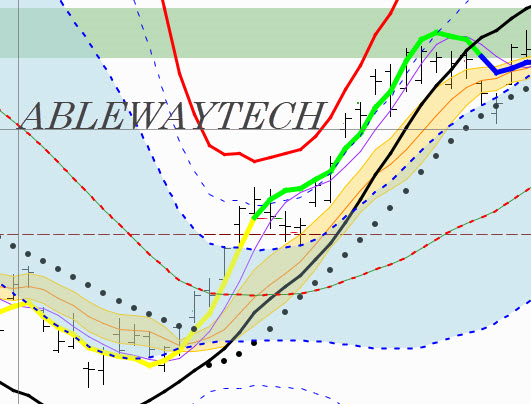The Essence of Relative Strength
The simplest way to assess relative strength is to divide price by price to develop a relationship on the current price and compare that relationship through time. It can be normalized on a scale of 0 to 100 were treated as a raw unbounded number. Normalizing on a scale of 0 to 100 allows for consistency and simplifies the comparison between different instruments against an index or against each other.



















